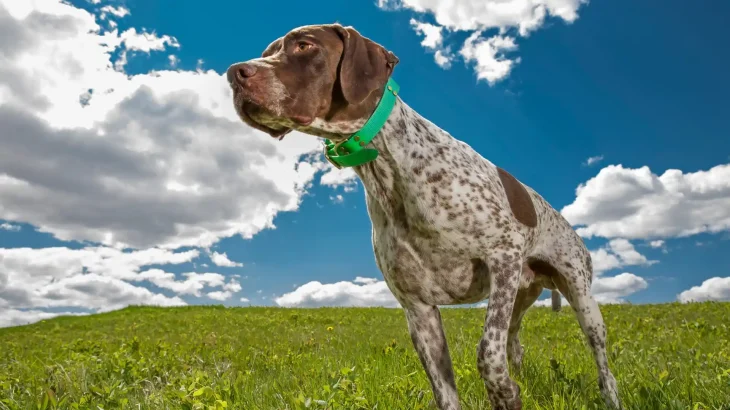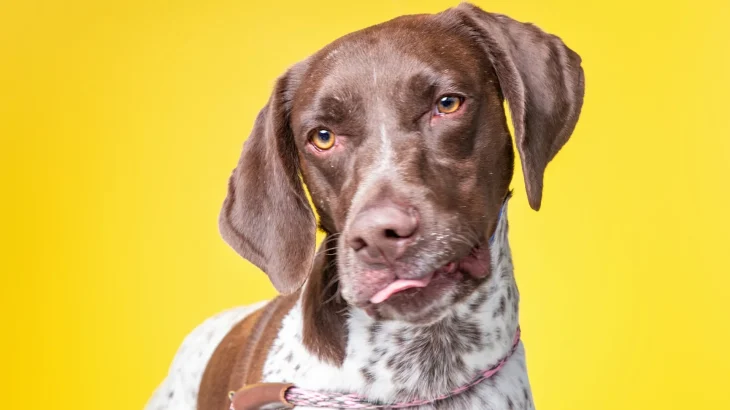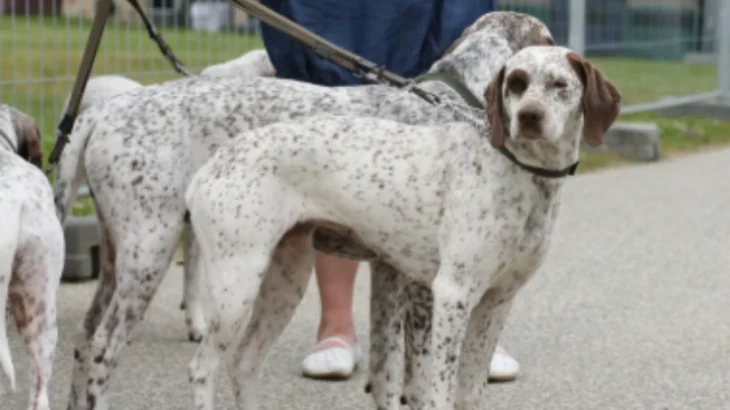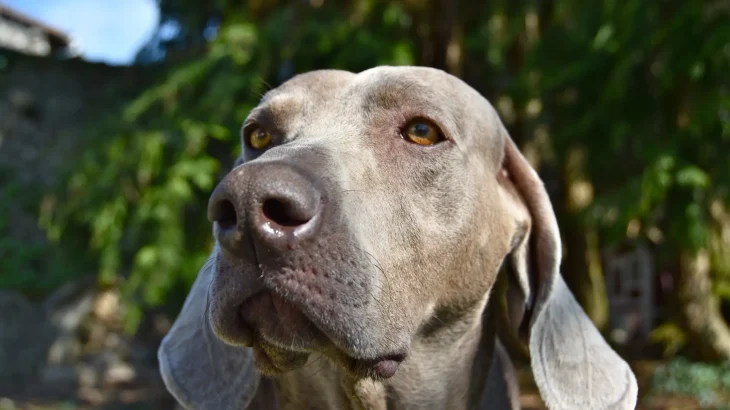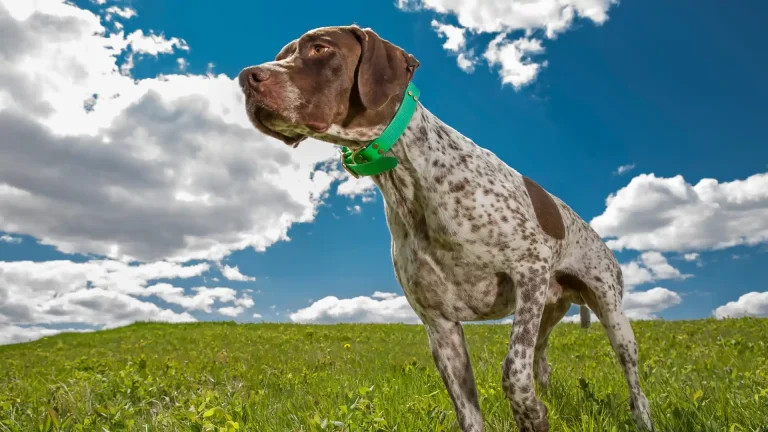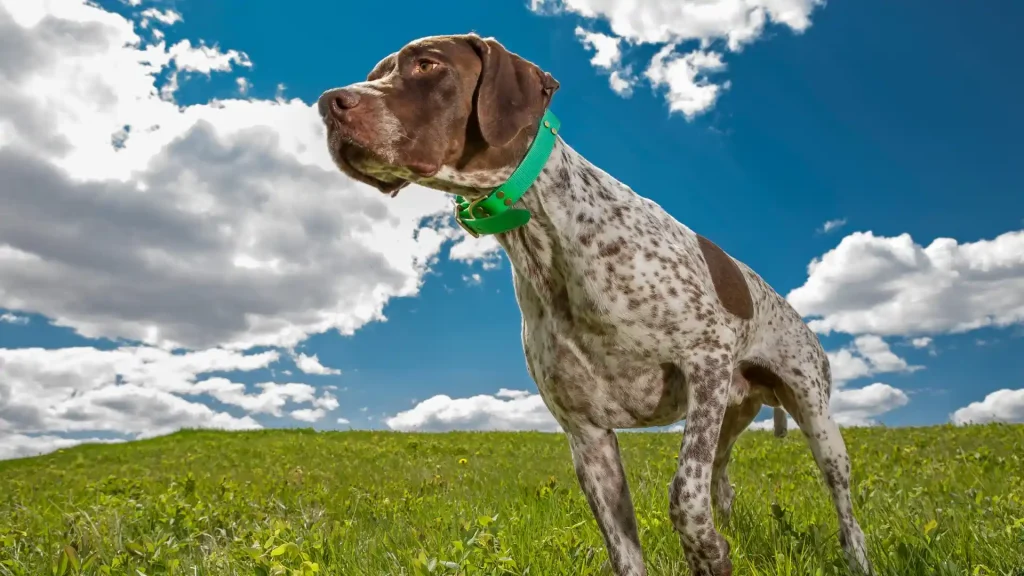When deciding whether to bring a Braque du Bourbonnais puppy into your home, you can choose to either adopt or buy from a breeder. Each path offers unique benefits and considerations related to cost, health, and ethical factors specific to this breed. Knowing these can help you make an informed decision that aligns with your values and expectations.
Adoption vs. Breeder: Pros & Cons
| Criteria | Buying from Breeder | Adopting from Shelter/Rescue |
|---|---|---|
| Cost | Generally higher initial cost due to breed purity and breeder investment. | Lower fees, often making adoption more budget-friendly. |
| Health History | Provides detailed health screening and genetic testing results, reducing risk of inherited issues. | Health background may be limited or unknown, though basic checks are performed. |
| Age Availability | Primarily puppies, allowing you to raise them from an early age with breed-specific guidance. | Variety of ages available, but puppies can be rare and lineage often unclear. |
| Temperament Insight | Breeders usually offer insights on typical behavior and lineage traits. | Adoption groups may have behavioral info based on observation but limited lineage knowledge. |
| Supporting Practices | Supports preservation of the breed; important to choose responsible breeders. | Supports animal welfare by giving a home to dogs in need, possibly mixed or purebred. |
| Breed Purity & Pedigree | Guaranteed pedigree and breed standards adherence. | Pedigree often unknown; may involve mixed heritage. |

